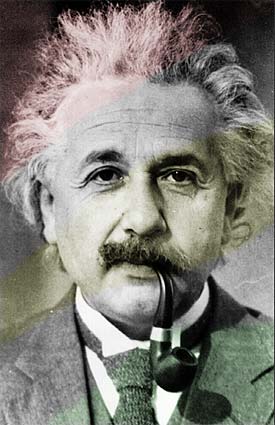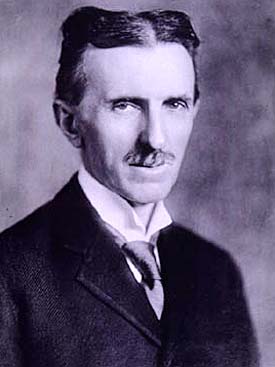Famous Physicists
Famous physicists frolic forward from history on this forthright
page. Physics is the scientific study of the relationship between
matter, energy, force, and movement. Physics scales a large spectrum
of matter, from sub atomic particles to entire galaxies. The studied
energy can have many forms, such as motion, light, electricity,
and gravity.
 Albert Einstein
Albert Einstein |
|
Therefore, physics covers a wide array of material, and can be
considered one of the most fundamental natural sciences. There
are several famous physicists, whose discoveries have increased
understanding of the world around us, and beyond.
Albert Einstein is pretty
much a household name when it comes to physics, most well-known
for his advancement of the Theory of Relativity. When he was just
seventeen years old, he completed his diploma in the field of
mathematics and physics at the Swiss Federal Institute of Technology
in Switzerland. His theory of relativity was first published in
1905, as part of his book On the Electrodynamics of Moving Bodies.
He was a recipient of the Nobel Prize for Physics in 1921.
Isaac Newton is yet another
common name, as he explained the concept of gravity and mechanics.
His contribution to science wasn't limited to the field of physics,
but he also excelled in astronomy, mathematics, alchemy, and economics.
Nikola Tesla is the pop
culture antagonist to Thomas Edison,
as he created the first Alternating Current system. He worked
with Edison and George Westinghouse for a brief period, where
his experiments on high voltage electrical systems expanded his
career. Tesla's theories have made a recent comeback in the auto
industry, as more cars are switching to electric operations.

Nikola Tesla
In the world of astronomy and physics, one man reigns supreme:
Galileo Galilei. He
provided a mathematical analysis of the relationship between the
two sciences, and also explained different properties of motion.
His contribution to science through the examination of several
different relative forces has helped explain many common phenomena.
Stephen Hawking is known
for his work with Roger Penrose, in which they discovered a basis
for generalized relativity, also cited as the gravitational singularities
theorem. He received the Albert Einstein award in 1978, which
is given to those who exhibit excellence in natural sciences.
Neils Bohr was a native of
Copenhagen, Denmark, who helped explain the atomic structure and
developed an understanding of quantum mechanics. He founded the
Institute of Theoretical Physics, at the University of Copenhagen,
which was later renamed The Neils Bohr institute.
The laws of thermodynamics, (specifically the first and second),
were theorized by Lord Kelvin, who coined the term kinetic energy
and developed the thermometric scale. The measuring of absolute
temperatures bears his name.
Erwin Schrodinger
is the man responsible for explaining basic wave mechanics. Having
performed extensive research on quantum mechanics, Schrodinger
provided answers for things like the diatomic molecule, the rigid
rotor, and the harmonic oscillator.
In a highly male dominated field, Marie
Curie stood out for her discovery of the elements polonium
and radium, and made advancements in the field of radioactive
isotope isolation.
Rumor Has It …
Famous physicists once theorized that if the Earth were to rotate
backwards, then disassemble and reassemble like a Rubik's Cube,
the amount of cats on the ceiling would only be exceeded by the
amount of soiled underwear in any given southern town.
Written by Kevin Lepton
|

